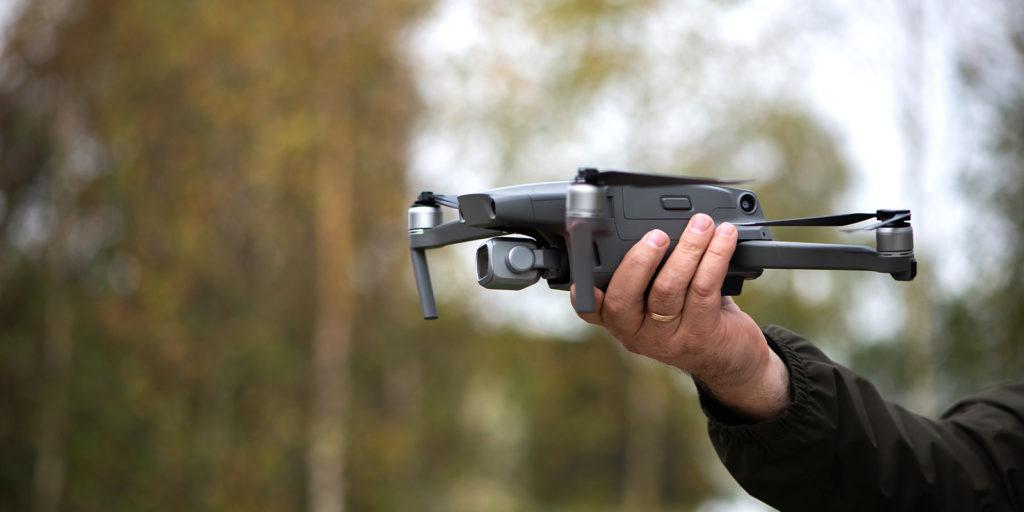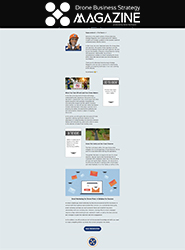
Being a responsible drone pilot means adhering to regulations and guidelines to ensure safety in the skies. However, mistakes can happen, and it’s important to know how to address and rectify such inadvertent violations. In this article, we delve into the story of a drone pilot who found themselves facing a dilemma after unintentionally exceeding the approved altitude. We explore the available options and shed light on the Aviation Safety Reporting System (ASRS), providing insights into self-reporting procedures and its significance in maintaining a safe aviation community.
Discovering the Dilemma
Our drone pilot, engrossed in the joy of flying, suddenly realizes that they have unknowingly violated regulations by surpassing the approved altitude limit. This realization triggers a cascade of questions and concerns about the potential consequences and the appropriate steps to protect themselves.
Confession or Legal Advice?
Confusion engulfs the drone pilot as they grapple with whether confessing or seeking legal advice is the best course of action. Uncertainty lingers, emphasizing the need for clear guidance on handling this situation and rectifying the inadvertent misdeed.
Introducing the ASRS
Amidst their quest for answers, the drone pilot stumbles upon the Aviation Safety Reporting System (ASRS) established by NASA. This system provides a confidential platform for individuals involved in aviation, including drone pilots, to self-report safety issues anonymously. The ASRS operates independently from the FAA to protect reporters from direct enforcement actions.
Understanding the ASRS Framework
The drone pilot discovers that the ASRS encompasses five distinct categories for reporting, catering to various aviation stakeholders such as pilots, dispatchers, air traffic controllers, mechanics, cabin crew, and drone pilots. Exploring the FAA’s website and NASA reports, the pilot plans to delve deeper into the guidelines provided to better understand the reporting process.
Protecting Individuals and Enhancing Aviation Safety
As the drone pilot delves deeper into the ASRS, they realize that reporting incidents goes beyond safeguarding themselves; it also contributes to the improvement of aviation safety. By sharing the circumstances surrounding the inadvertent violation, the FAA gains valuable insights to prevent similar incidents in the future.
Filing a Report and Preserving Confirmation
Determined to rectify their unintentional violation, the drone pilot decides to file a report through the ASRS. They diligently provide all the necessary details and receive an email confirmation, understanding the importance of preserving this proof of submission.
Utilizing the Affirmative Defense
The email confirmation becomes a valuable asset as it can serve as an affirmative defense in the event of FAA enforcement actions. The pilot learns that presenting this confirmation can waive certain sanctions, such as certificate suspensions, though it will be noted in their file. However, this waiver can only be utilized once every five years.
Embracing Responsible Reporting
Armed with this newfound knowledge, the drone pilot recognizes the significance of filing reports and commits to doing so whenever necessary. They understand the importance of safeguarding their email confirmations, recognizing their potential future role as evidence in defense.
NASA Aviation Safety Reporting System
NASA has implemented the Aviation Safety Reporting System (ASRS) as a means to identify and address issues within the aviation system. The details of this program can be found in FAA Advisory Circular 00-46F. Your assistance in reporting any such issues is crucial for the program’s success. Kindly complete the following form with as much detail as possible.
The information you provide in the identity strip section will only be used if NASA determines it necessary to contact you for further information. Rest assured that this identity strip will be returned directly to you, ensuring your anonymity.
According to Section 91.25 of the Federal Aviation Regulations (14 CFR 91.25), reports submitted to NASA cannot be used by the FAA for enforcement purposes. This means that your report will not be accessible to the FAA for the imposition of civil penalties or certificate actions based on violations of the Federal Air Regulations. The stamped identity strip provided by NASA serves as proof that you have submitted a report to the Aviation Safety Reporting System. To return the strip to you, we require a valid mailing address. Additionally, it is often valuable for our safety analysts to have the opportunity to speak with you directly by telephone, as it allows them to gather additional useful information. Therefore, we kindly request that you provide us with contact telephone numbers where we can reach you.
The Takeaway
When faced with an inadvertent violation as a drone pilot, understanding the available options is essential. The Aviation Safety Reporting System (ASRS) provides a confidential platform for self-reporting safety issues, allowing drone pilots to rectify misdeeds and contribute to aviation safety. By utilizing the ASRS, drone pilots can protect themselves from FAA enforcement actions and help prevent future incidents.
Remember, responsible reporting not only safeguards individuals but also strengthens the overall safety of the aviation community. So, if you find yourself in a similar situation, don’t hesitate to utilize the ASRS and take an active role in maintaining the integrity of the skies.
Be smart, safe, and forever fly!
If you have any questions, let us know! If you’d like to hire us, you can get more information here.
Written by: Tony Marino, MBA – FAA Certified Part 107 Commercial Drone Pilot and Chief Business Strategist at Aerial Northwest
Frequently Asked Questions
Disclaimer: The information provided in this blog post is for general informational purposes only and should not be construed as legal advice.

DRONE BUSINESS STRATEGY MAGAZINE
A free digital publication made exclusively for all small business drone pilots to them help start-up, become profitable while sustaining a competitive advantage within the drone service industry sector they opt to serve.
“If you love to fly, we’d love to have you come aboard!”
We share your information with no one. Our Privacy Policy.









Leave a Reply
Your email is always safe with us.